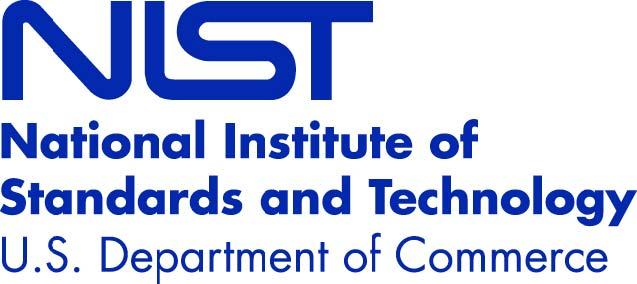In a world where cybersecurity is becoming increasingly crucial, the National Institute of Standards and Technology (NIST) has taken a significant step forward with the release of its first post-quantum standards. These standards are poised to revolutionize the way encryption is handled in the digital sphere, offering a new level of protection against the looming threat of quantum computing. Let us delve into the details of NIST’s groundbreaking advancements in the realm of cybersecurity.
Table of Contents
- Heading 1: Breakthrough in Cybersecurity: NIST’s Launch of Post-Quantum Standards
- Heading 2: Understanding the Implications of Quantum Computing on Cryptography
- Heading 3: Recommendations for Implementing NIST’s Post-Quantum Standards in Your Organization
- Q&A
- To Conclude

Heading 1: Breakthrough in Cybersecurity: NIST’s Launch of Post-Quantum Standards
NIST’s recent launch of post-quantum standards marks a significant milestone in the field of cybersecurity. These new standards aim to address the potential threats posed by quantum computers to current encryption methods, paving the way for a more secure digital landscape. By providing guidance on how to implement post-quantum cryptography, NIST is leading the charge in safeguarding sensitive information from emerging cyber threats.
The introduction of these standards has opened up new possibilities for businesses and organizations to enhance their cybersecurity measures. With a focus on resilience and longevity, the post-quantum standards offer a promising solution to the evolving challenges of cybersecurity. As technology continues to advance, these standards will play a crucial role in ensuring data security for years to come.

Heading 2: Understanding the Implications of Quantum Computing on Cryptography
As the world of cryptography braces for the potential impact of quantum computing, the National Institute of Standards and Technology (NIST) has taken a significant step forward by releasing its first set of post-quantum standards. These standards are designed to address the vulnerabilities that quantum computers could pose to current encryption methods.
The NIST post-quantum standards include a variety of cryptographic algorithms that are resistant to attacks from quantum computers. These algorithms are expected to be crucial in safeguarding sensitive information in the future. Moving forward, organizations will need to pay close attention to these standards in order to ensure the security of their data in the age of quantum computing.

Heading 3: Recommendations for Implementing NIST’s Post-Quantum Standards in Your Organization
Now that NIST has released its first post-quantum standards, it’s essential for organizations to start thinking about how to implement these new guidelines. To successfully transition to post-quantum cryptography, here are some recommendations for your organization:
- Educate your team: Make sure that your team understands the importance of post-quantum cryptography and why it’s necessary to update your organization’s security protocols.
- Assess your current systems: Conduct a thorough assessment of your organization’s current systems to determine which areas need to be updated to comply with NIST’s post-quantum standards.
- Engage with experts: Consider reaching out to industry experts or consultants who specialize in post-quantum cryptography to help guide your organization through the implementation process.
Q&A
Q: What are NIST’s first post-quantum standards?
A: NIST’s first post-quantum standards are a set of guidelines and recommendations for cryptographic algorithms that can resist attacks from quantum computers.
Q: Why are these standards important?
A: These standards are important because quantum computers have the potential to break current encryption methods, posing a significant threat to data security. By establishing post-quantum standards, NIST is taking proactive measures to protect sensitive information in the future.
Q: What is the significance of NIST being the first to introduce post-quantum standards?
A: NIST being the first to introduce post-quantum standards solidifies its reputation as a leading authority in the field of cybersecurity. It also demonstrates NIST’s commitment to staying ahead of emerging threats and ensuring the security of online communication and transactions.
Q: How will these standards impact the cybersecurity industry?
A: These standards will impact the cybersecurity industry by providing clear guidelines for implementing secure encryption methods that are resistant to quantum attacks. This will help companies and organizations better protect their data and prevent potential security breaches.
Q: What is the future outlook for post-quantum cryptography?
A: The outlook for post-quantum cryptography is promising, as researchers continue to develop and improve algorithms that can withstand attacks from quantum computers. By establishing standards now, NIST is helping to pave the way for a more secure digital future.
To Conclude
As we embark on this new era of post-quantum cryptography, NIST’s first set of standards mark a significant milestone in ensuring the security of our digital world. With quantum computing on the horizon, these standards will play a crucial role in safeguarding our data and communications against future threats. Stay tuned as we witness the evolution of cryptographic mechanisms in the age of quantum computing. Exciting times lie ahead as we explore the endless possibilities that the quantum world has to offer.










